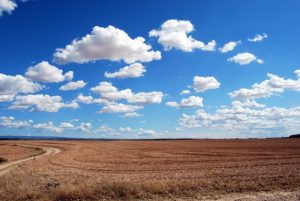 Here is an innovative way of collecting water in a dry environment.
Here is an innovative way of collecting water in a dry environment.
With water fairly easily accessible in the US, let’s not forget it is a precious resource – a basic human right – that may not be so readily available in other areas of the world.
“Inspired to offer solution to this issue in a creative way, designer Arturo Vittori invented stunning water towers that can harvest atmospheric water vapor from the air. The nearly 30-foot tall WarkaWater towers can collect over 25 gallons of portable water per day, and are comprised of two sections. The first is a semi-rigid exoskeleton built by tying stalks of juncus or bamboo together; the second, an internal plastic mesh similar to the bags oranges are packed in. The nylon and polypropylene fibers act as a scaffold for condensation, and once droplets of dew form, are funneled by the mesh into a basin at the base of the structure.”

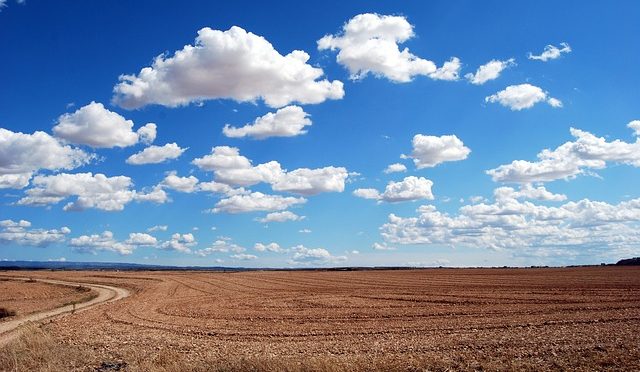
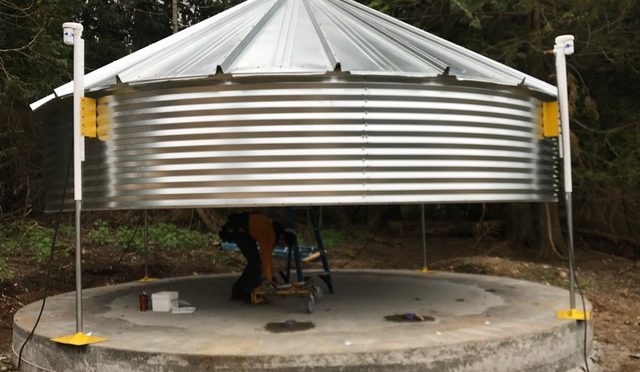
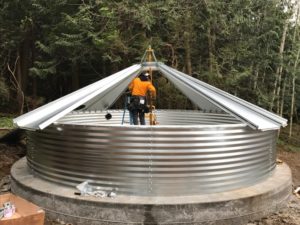 Electric Lifting Jacks Make Difficult Installations Easier
Electric Lifting Jacks Make Difficult Installations Easier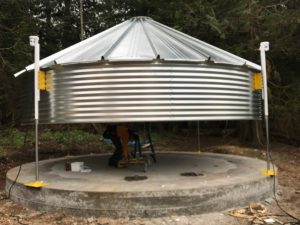 A 15,000 gallon Contain Water Systems Inc. water tank was erected for single family residence as a sole source rainwater collection system. The use of electric lifting jacks provided by RainBank Rainwater Systems allowed the tank to be built without the use of heavy equipment, protecting sensitive areas on this property.
A 15,000 gallon Contain Water Systems Inc. water tank was erected for single family residence as a sole source rainwater collection system. The use of electric lifting jacks provided by RainBank Rainwater Systems allowed the tank to be built without the use of heavy equipment, protecting sensitive areas on this property.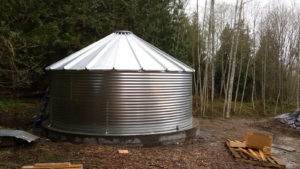 RainBank Rainwater Systems provides quality installations at competitive pricing of steel water tanks as a Contain Water Systems distributor and certified installer.
RainBank Rainwater Systems provides quality installations at competitive pricing of steel water tanks as a Contain Water Systems distributor and certified installer.
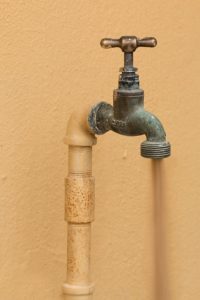 How will the 31% budget cuts to the EPA affect our country’s drinking water?
How will the 31% budget cuts to the EPA affect our country’s drinking water?